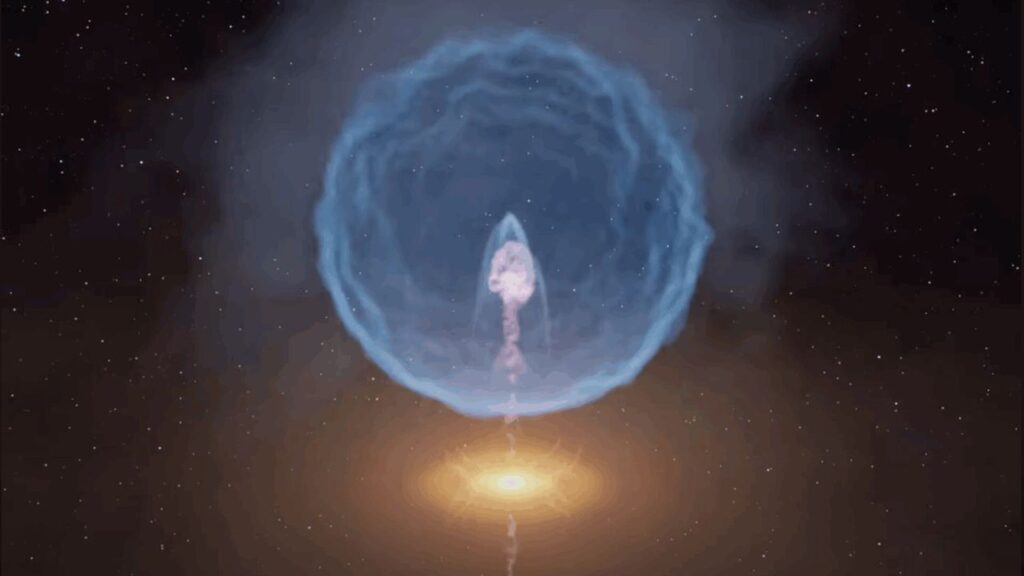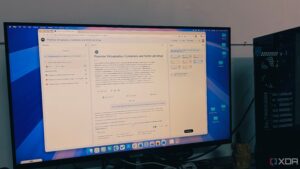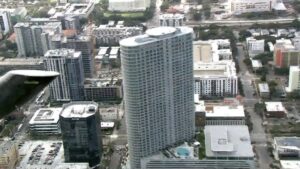
BREAKING: A team of Japanese astronomers has just confirmed a groundbreaking discovery involving a massive explosion in the depths of space that is reshaping our understanding of star formation. This explosive event, detected near the young star WSB 52, is not only impacting the star itself but is also distorting the surrounding planet-forming disk, suggesting that newborn stars exist in far more chaotic environments than previously believed.
The discovery was led by Masataka Aizawa from Ibaraki University, who analyzed archival data from the ALMA telescope in Chile. This event, occurring approximately 440 light-years from Earth in the constellation Ophiuchus, reveals an expanding bubble of gas colliding with the protoplanetary disk—a critical area where new planets are born.
Aizawa described the phenomenon in an urgent statement: “In science fiction, there are scenes where a beam is fired at something to destroy it, causing an explosion with debris flying back at the shooter. Similar things occur in real astronomical phenomena, but with greater intensity.” This vivid imagery highlights the complexity and unpredictability of cosmic events.
The study reveals that a high-speed jet from WSB 52 may have collided with a nearby clump of cold gas, triggering an explosion that formed a massive bubble now crashing into the dusty disk surrounding the star. The implications of this event are significant for our understanding of how planets form. Previously, scientists did not anticipate such intense interactions between jets and disks.
The research team emphasized that the odds of the bubble aligning perfectly with the star’s rotation axis by chance are “effectively zero,” strongly indicating that the explosion was indeed caused by the star itself. This discovery not only sheds light on the dynamic processes in young star systems but also proposes a new concept called “jet-bubble-disk interaction.”
This is a historic moment for astronomy, as similar bubbles have been observed around young stars before, but this is the first time such a bubble has been seen colliding with and distorting a protoplanetary disk. The findings will be detailed in a paper published on August 4 in The Astrophysical Journal.
As researchers continue to explore these phenomena, the study underscores that “nature is far more complex than humans think.” This revelation could fundamentally change our understanding of the environments in which planets are born.
Stay tuned for more updates on this developing story as astronomers worldwide react to this groundbreaking discovery that could redefine how we view the cosmos.






